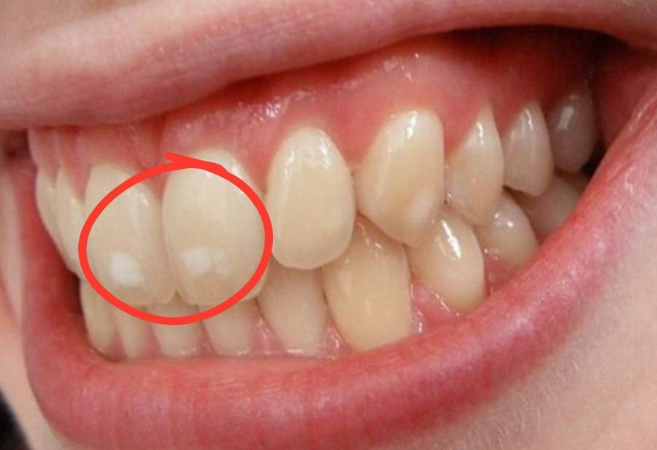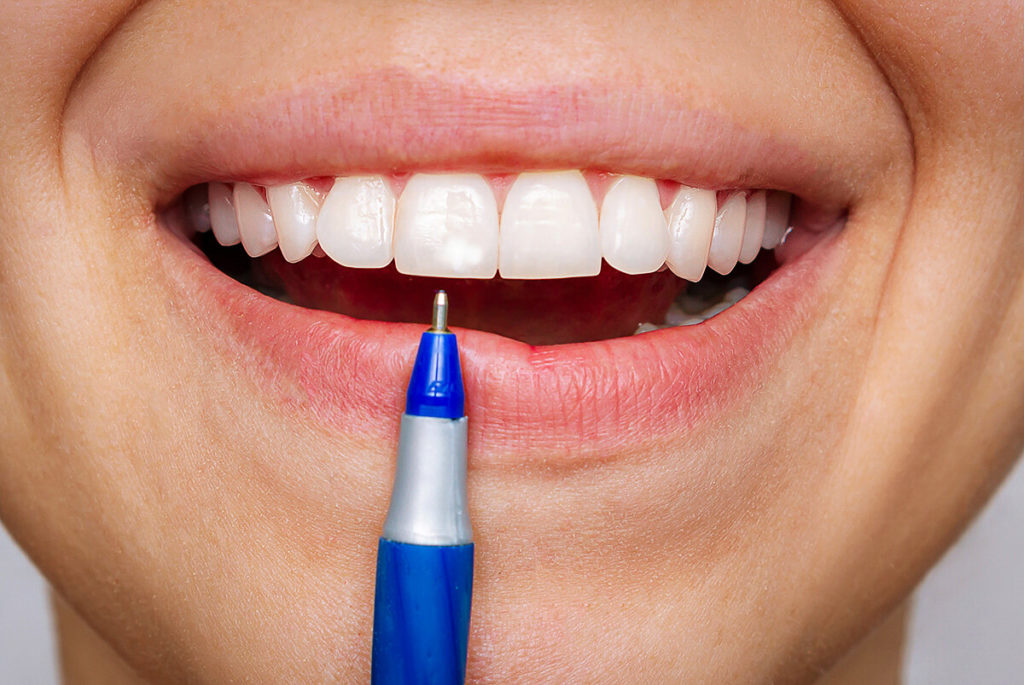Your teeth are more than just tools for chewing—they’re a reflection of your overall health. While many of us focus on keeping them pearly white, certain changes, like white spots on the enamel, can signal underlying issues. These seemingly harmless spots might be an early sign of tooth decay or other dental problems that require immediate attention. Let’s dive into why you should never ignore white spots on your teeth and what they might mean for your oral health.
What Are White Spots on Teeth?

White spots on teeth are areas of enamel demineralization. They appear as small, chalky patches on the tooth’s surface and often indicate the first stage of tooth decay. While they may seem purely cosmetic at first glance, these spots could be a warning sign that your dental health needs attention.
These white spots form when minerals are leached out of the enamel due to acid-producing bacteria, poor oral hygiene, or dietary habits. Left untreated, they can progress to more serious forms of tooth decay, leading to cavities and other complications.
Signs That Accompany White Spots
White spots don’t usually appear in isolation. If you notice them, watch for other symptoms that may indicate mild tooth decay or enamel damage:
1. Increased Sensitivity to Hot and Cold
Have you experienced a sharp or lingering pain when sipping hot coffee or biting into ice cream? Sensitivity to temperature changes is often one of the first signs of enamel weakening. When the protective enamel erodes, the underlying dentin becomes exposed, causing discomfort.
2. Tooth Discoloration
While white spots are an early indicator, tooth decay can lead to further discoloration. Over time, these patches may turn yellow, brown, or black as decay progresses. Any change in the color of your teeth should prompt a visit to your dentist.
3. Tooth Pain or Discomfort
Even mild, occasional toothaches could signal the start of decay. This pain may intensify when biting or chewing and often points to damage reaching deeper layers of the tooth.
4. Small Holes or Pits on the Surface
If white spots are ignored, they can develop into visible pits or tiny holes on the tooth’s surface. These holes are early-stage cavities and indicate the need for immediate dental treatment.
5. Persistent Bad Breath
A buildup of bacteria in decaying areas can cause chronic bad breath or a persistent unpleasant taste in your mouth. If regular brushing and flossing don’t resolve these issues, it’s time to consult a dentist.

What Causes White Spots on Teeth?
Several factors can contribute to the formation of white spots, and understanding these causes can help you take preventive measures:
1. Poor Oral Hygiene
Inadequate brushing and flossing allow plaque to build up, creating an acidic environment that weakens enamel. This is particularly common in individuals with braces, as food particles and plaque accumulate around brackets and wires.
2. Diet High in Sugars and Acids
Frequent consumption of sugary or acidic foods and beverages can erode enamel and lead to demineralization. Sodas, candies, and citrus fruits are common culprits.
3. Fluorosis
Excessive fluoride intake, especially during childhood, can cause white spots on developing teeth. While fluoride strengthens enamel, too much of it can disrupt the mineralization process.
4. Dry Mouth
Saliva helps neutralize acids in the mouth and wash away food particles. A lack of saliva (dry mouth) increases the risk of enamel damage and white spot formation.
5. Genetics
Some people are more predisposed to developing enamel issues due to genetic factors, even if they maintain good oral hygiene.

Why Early Detection Is Crucial
White spots may seem harmless, but they’re a critical warning sign that shouldn’t be ignored. Catching tooth decay early can:
- Prevent Cavities: Early intervention can halt the progression of white spots into full-blown cavities.
- Preserve Tooth Structure: Once decay reaches advanced stages, treatments like fillings, root canals, or extractions become necessary, compromising the natural tooth.
- Save Money and Time: Addressing mild issues is far less expensive and time-consuming than dealing with severe decay or infections.
- Protect Overall Health: Poor oral health has been linked to systemic issues like heart disease, diabetes, and infections. Taking care of your teeth is an investment in your overall well-being.
Treatment Options for White Spots
Fortunately, white spots can often be treated effectively if caught early. Here are some common treatment methods:
1. Professional Fluoride Treatments
Dentists can apply concentrated fluoride varnishes or gels to remineralize weakened enamel. This treatment strengthens the tooth’s surface and may reverse early signs of decay.
2. Microabrasion
For cosmetic cases, microabrasion gently removes a thin layer of enamel, improving the appearance of white spots. This procedure is painless and minimally invasive.
3. Dental Sealants
Sealants are protective coatings applied to the tooth’s surface to prevent further decay. They’re especially useful for children and individuals prone to cavities.
4. Remineralization Therapy
Using specialized toothpaste or gels containing calcium and phosphate can help restore minerals to demineralized enamel. These products often work best when paired with professional dental care.
5. Restorative Procedures
In cases where decay has progressed, restorative treatments like fillings or crowns may be necessary to repair the tooth and prevent further damage.

Preventing White Spots and Tooth Decay
The good news? White spots and tooth decay are entirely preventable with the right habits and care. Here’s how to keep your teeth healthy:
1. Practice Excellent Oral Hygiene
Brush twice a day with fluoride toothpaste and floss daily to remove plaque buildup. Consider using an electric toothbrush for more thorough cleaning.
2. Limit Sugary and Acidic Foods
Reduce your intake of sugary snacks, sodas, and acidic foods. If you indulge, rinse your mouth with water afterward to neutralize acids.
3. Stay Hydrated
Drink plenty of water to stimulate saliva production and keep your mouth naturally protected against harmful bacteria.
4. Visit Your Dentist Regularly
Schedule dental check-ups at least twice a year. Regular cleanings and exams help catch potential issues before they become serious.
5. Use Fluoride Products Wisely
Fluoride is a powerful tool for preventing decay, but moderation is key. Follow your dentist’s recommendations for fluoride toothpaste or treatments.
Conclusion: Don’t Ignore the Signs
White spots on your teeth might seem minor, but they can signal bigger problems if left untreated. These early signs of enamel damage or mild tooth decay are your body’s way of saying something needs attention. By recognizing the symptoms, understanding the causes, and taking preventive measures, you can maintain a healthy, beautiful smile for years to come.
So, if you’ve noticed white spots on your teeth—or any other unusual changes—don’t wait. Schedule a visit to your dentist today. Early action can save you from pain, costly treatments, and long-term complications. After all, your smile is worth protecting!


